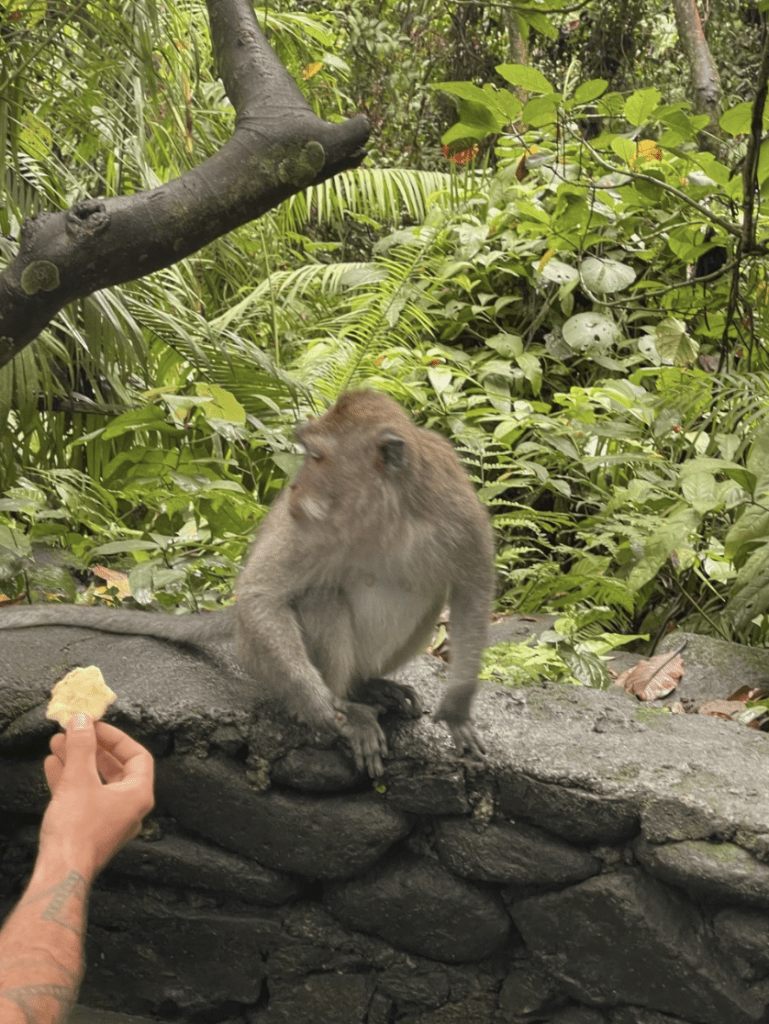Exploring the Nile Valley

Egypt, with its long history of successive waves of invasion, occupation and religious upheaval has held a lifelong fascination for me. So when offered the opportunity to spend three weeks exploring the Nile Valley with its myriad tombs and temples, I jumped at the chance. Travelling as accompanying doctor on a custom designed exploration of […]
A Tropical Escape to Bali

In October 2022 we decided to go for a tropical escape. It felt like it has been forever since I had a travel consult and surely it had been an eternity since I had travelled overseas. (Ok that really is a first world problem guilty as charged). So, at short notice and with little […]
A trip to the Tropical Northern Queensland
By Dr Rafia Akhter A few days ago, I took some time off from work to visit Cairns, a city in tropical ‘Far North Queensland’ and considered to be the gateway to Australia’s Great Barrier Reef. I went there for a holiday trip with my extended family (group of 10 people!) for a week. I […]
Typhoon Haiyan travel advice
Prepared by TMA member Narre Warren It is now over a month since Typhoon Haiyan (called Yolanda in the Phillipines) struck the Philippines on 8/11/13. The worst hit provinces were Leyte and Eastern Samar, which experienced sustained winds of 270 kph, gusts of up to 312 kph, and a storm surge in coastal areas as […]
Permethrin – a secret weapon against mosquitoes
Permethrin is a special insecticide that enables clothing to kill or repel mosquitoes Wearing treated items will significantly decrease the number of bites you get. Treated bed nets have been shown to be four times more effective than untreated nets. When you wear treated clothes, you still need to use repellent on exposed skin. You […]
Safety of DEET (N,N,-diethyl-m-toluamide)
Insect repellents containing DEET are the most effective and the most commonly used world wide. DEET has been available commercially for over 50 years and has been studied extensively. It is thought that DEET works by interfering with the mosquito antennae function, effectively making humans invisible to the mosquito. Generally, the duration of protection is […]